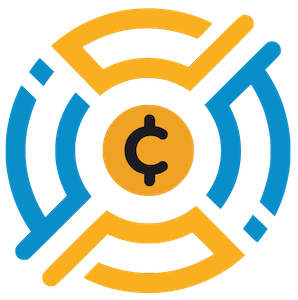In a groundbreaking move for the financial technology sector, Coinbase has recently introduced the x402 protocol—an innovative framework that repurposes the HTTP 402 “Payment Required” status code for on-chain payment applications. Unveiled on May 6, this open-source protocol emerges at a pivotal time when digital transactions are begging for efficiency and autonomy. This shift could potentially redefine how we perceive payments on the internet, particularly in a world increasingly dominated by complexities in traditional finance systems.
The gaming industry, content distribution, and even cloud computing may soon see a transformation that brings microtransactions to the forefront. Imagine a landscape where streaming services allow for immediate payment to access a single episode of a show or where gaming platforms charge players only when they engage in specific gameplay—these are not just fanciful notions; they are becoming tangible possibilities thanks to x402.
The Automated Future of Payments
One of the standout features of the x402 protocol is its ability to facilitate machine-to-machine (M2M) payments. The architecture eliminates the need for human intervention in financial transactions, paving the way for autonomous agents and applications to make payments directly for services such as API access or data retrieval. In a digital ecosystem overwhelmed by cumbersome subscription models and delayed payment processing, the swift execution of transactions may soon become a norm rather than an exception.
Traditional payment methods often introduce latency, chargeback risks, and onerous compliance issues, significantly hampering the seamless flow of operations necessary for advanced technologies like Artificial Intelligence (AI). However, by enabling instantaneous, irreversible transactions with settlement times as low as 200 milliseconds, x402 cuts through these pervasive pain points. The protocol’s design focuses on efficiency without compromising security, a balance that’s been a challenge for payment systems throughout history.
Empowering Open Standards for Shared Prosperity
A key advantage of x402 lies in its commitment to open-source development. By offering a reference implementation on Coinbase’s GitHub and inviting community contributions, the platform signifies an important pivot towards decentralized governance and collaborative innovation. This not only fosters transparency but also empowers developers worldwide to collaborate on improvements and customizations. The principles of open collaboration can democratize technology, broadening access to state-of-the-art payment systems for various entities—be it startups or established enterprises.
Moreover, with the elimination of PCI compliance burdens and chargeback vulnerabilities, businesses can focus more on innovation rather than safeguarding against financial pitfalls. Users can enjoy peace of mind knowing their transactions are immutable once confirmed on-chain, thus trivializing overdue payments and potential fraud.
Broader Implications for Digital Economy
The versatility of the x402 protocol poses potential ramifications across diverse sectors. In the creative economy, it could herald a new age of content monetization where artists can earn in real-time per article, album, or even individual tracks, countering the traditional advertising-based revenue models that currently dominate. For industries like gaming, this promotes episodic and play-based payments that align with consumer habits, encouraging more content consumption and ensuring fair compensation for creators.
Additionally, the tolerance for cross-blockchain operations means that developers are no longer shackled to a single network. The ability to leverage various tokens can attract a wider user base, enhancing competition between digital currencies and fostering an agile ecosystem adaptable to unforeseen changes.
Challenges and Considerations Ahead
Despite the near utopian vision x402 offers, challenges remain on the horizon. Issues regarding security, particularly concerning potential replay attacks, will require rigorous attention. While the protocol offers technical safeguards such as specifying payment details and employing the EIP-712 standard, it is vital for developers and companies to remain vigilant against burgeoning threats in an increasingly digital financial landscape.
Moreover, widespread adoption necessitates robust infrastructure and educational resources to guide users in leveraging this innovative technology. Full realization of the x402 potential hinges on collective efforts to educate stakeholders—from developers to end-users—about the intricacies of decentralized payment systems.
The x402 design is poised to alter the financial landscape fundamentally. The future of payments may well become more decentralized, immediate, and seamlessly integrated, offering a more equitable digital economy for all.

